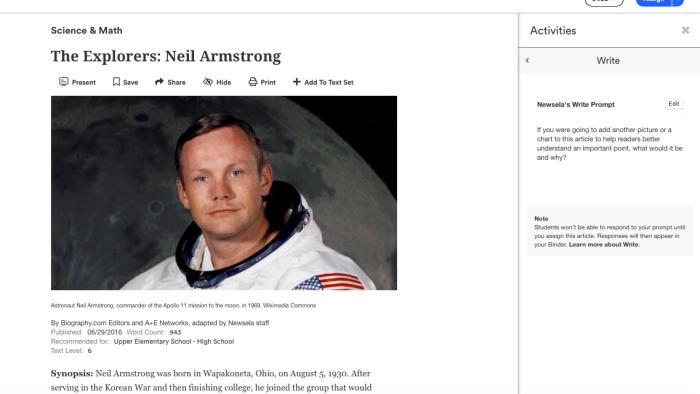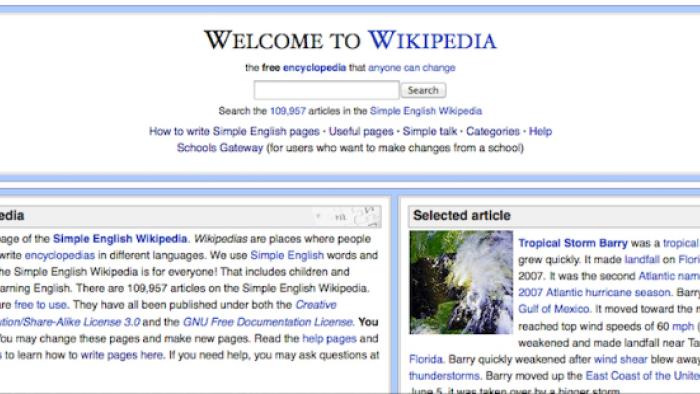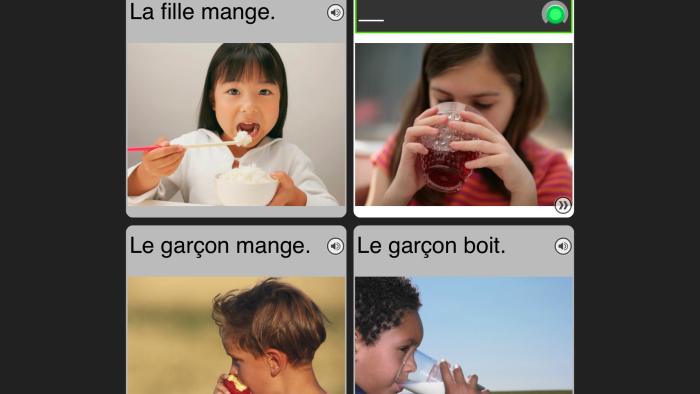Quality edtech for ELLs isn't easy to find, but great options do exist.

English-language learners (ELLs) come into our classrooms with a wide variety of specific and unique needs for language acquisition. It's hard to talk about them all as one group -- ELLs represent a diverse range of students in every sense. It's needless to say: Working with ELLs is often challenging and also highly rewarding.
Because there are so many apps and edtech tools available today, you might expect to find lots of them made specifically for English language development (ELD), bilingual, or dual-immersion classrooms. Unfortunately, this isn't the case: Tools designed specifically for English-language learners are few and far between (though there are definitely some out there).
There are, nevertheless, a lot of great edtech tools and strategies you can use with your ELLs, even if the tools themselves aren't ELL-specific. Some might even be tools you've already heard of or used -- with an ELL-specific use case that's been hiding in plain sight.
So, what's the best way to find and use great digital tools with your ELLs? A lot will depend on your students' specific needs, but here are a few things to think about when finding the best tools for your classroom.
1. Look for ELL-friendly supports in the tools you're already using.
Lots of online tools have built-in features to support differentiated instruction for a variety of learners. Newsela offers texts at five variable Lexile levels, many in both English and Spanish. ThinkCERCA offers leveled texts with scaffolding for students reading at different levels, including audio versions of texts. Though ELA-focused tools are most likely to have the best English-learning supports, plenty of other tools support ELLs' learning in other subject areas. Khan Academy is one popular example; the site offers a translated version of its curriculum in 12 languages. As you search, keep in mind that these tools are usually aimed at a more general student audience, so they may be better suited to intermediate or advanced ELLs, and beginning-level ELLs may need more robust support.
Tools to try: Newsela, ThinkCERCA, Khan Academy

2. Build basic online resources and productivity tools into daily routines.
From basic translation to productivity tools for consumers, a lot of everyday apps and websites can be great for supporting ELL-centered learning activities. A note-taking tool with recording features like Microsoft OneNote offers opportunities for speaking and listening practice. Simple English Wikipedia is just like it sounds: an adapted version of the standard Wikipedia site but for ELLs, younger students, or anyone else who might struggle with reading. A translation tool is an obvious choice, and Google Translate is generally thought to be the most accessible free option around.
Tools to try: Microsoft OneNote, Simple English Wikipedia, Google Translate

3. Get creative and repurpose a digital-storytelling tool.
Storytelling is an excellent, interactive learning activity for ELLs and bilingual learners of all ages and language abilities. Even though these apps tend to be aimed at younger kids (and not specifically at ELLs), they still offer opportunities for kids to express themselves while they build new language skills. Don't be afraid to age these tools up; they're great even for older ELLs. And for beginning-level English-language learners, creative projects tend to offer opportunities for low-stakes (yet still high-concept) communication-based activities. Also, keep in mind that lots of other digital-creation mediums can offer fun language-building practice, from video production to podcasting and digital design. Find something that suits your students' ages, language abilities, and interests.
Tools to try: Book Creator, Shadow Puppet Edu, Explain Everything
4. Find tools that specifically address your ELLs' needs.
As mentioned earlier, tools designed only for ELLs are somewhat scarce, but there are definitely some options. These ELL-centric tools run the gamut. BrainPOP ELL offers a comprehensive online curriculum aimed at improving kids' language skills from beginning to advanced levels. Read&Write is a helpful text-to-speech app for students with a variety of literacy needs, including English-language learners. On the flip side, a platform like Ellevation is designed for teachers and uses robust data to track and monitor students' progress and language growth. As time goes on, we're bound to see more edtech solutions specifically for ELLs. It will be interesting to see what the future holds in this space.
Tools to try: BrainPOP ELL, Read&Write, Ellevation

5. Supplement instruction with an online language-learning tool.
Language-learning tools for travelers and consumers are everywhere and easy to find. Although these tools should never replace quality classroom instruction, for some students they could be a helpful option for extra practice or out-of-class enrichment. Because they're often aimed at a general -- mostly adult -- audience, these won't all be the best choice for kids' learning. Nevertheless, in certain situations, some language-learning apps could be appropriate depending on your students' needs. If you do go this route, look for free options that offer adaptive features that challenge students as their language skills grow. If recommending out-of-class use, keep your students' devices and level of network access in mind.
Tools to try: Duolingo, Rosetta Course, Mango Languages








